 English
English 简体中文
简体中文  Español
Español  Português
Português  русский
русский  Français
Français  日本語
日本語  Deutsch
Deutsch  tiếng Việt
tiếng Việt  Italiano
Italiano  Nederlands
Nederlands  ภาษาไทย
ภาษาไทย  Polski
Polski  한국어
한국어  Svenska
Svenska  magyar
magyar  Malay
Malay  বাংলা ভাষার
বাংলা ভাষার  Dansk
Dansk  Suomi
Suomi  हिन्दी
हिन्दी  Pilipino
Pilipino  Türkçe
Türkçe  Gaeilge
Gaeilge  العربية
العربية  Indonesia
Indonesia  Norsk
Norsk  تمل
تمل  český
český  ελληνικά
ελληνικά  український
український  Javanese
Javanese  فارسی
فارسی  தமிழ்
தமிழ்  తెలుగు
తెలుగు  नेपाली
नेपाली  Burmese
Burmese  български
български  ລາວ
ລາວ  Latine
Latine  Қазақша
Қазақша  Euskal
Euskal  Azərbaycan
Azərbaycan  Slovenský jazyk
Slovenský jazyk  Македонски
Македонски  Lietuvos
Lietuvos  Eesti Keel
Eesti Keel  Română
Română  Slovenski
Slovenski  मराठी
मराठी  Srpski језик
Srpski језик
Cork and cork flooring
2023-12-29

Cork is an impermeable buoyant material, layers of bark tissue, harvested for commercial use mainly from Quercus suber (cork oak) native to southwest Europe and northwest Africa. Cork is made from the hydrophobic substance cork. Due to its impermeability, buoyancy, elasticity and flame retardant properties, it is used in a variety of products, the most common of which is wine stoppers. montado Landscape in Portugal produces about half of the world's annual harvest of corks, and Corticeira Amorim is the xxx company in the industry. Robert Hooke performed a microscopic examination of Koch, which led to the discovery and naming of the cell.

Cork composition varies depending on geographic origin, climate and soil conditions, genetic origin, tree size, age (raw or bred), and growing conditions. In general, however, cork is composed of cork (about 40% on average), lignin (22%), polysaccharides (cellulose and hemicellulose) (18%), extractable (15%), etc.
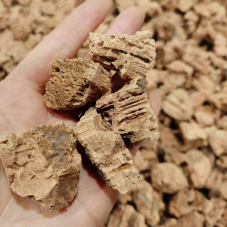
Cork has a high water content and has good thermal insulation, vibration resistance, water resistance, wear resistance and fire resistance. It is also a relatively environmentally friendly material because cork can be reused repeatedly and does not produce too many pollutants during the production process. Cork is used in a wide variety of fields, such as wine bottle stoppers, building insulation, soccer balls and automotive parts.
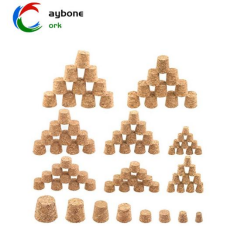


Cork flooring is an environmentally friendly flooring material, the main raw material used is cork bark. Because the cork cell structure is like a honeycomb, there are closed air bags in the cells, the cells will shrink and become smaller when they are subjected to external pressure, and they will recover when they lose pressure, so that the cork floor has a good recovery, so the cork floor has a long service life and the foot feels very comfortable.

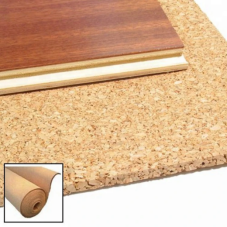
Cork floor has the advantages of shock absorption, sound insulation, heat preservation, water resistance, fire prevention, etc., but also has a certain degree of flexibility and comfort, and has a certain protective effect on the joints and legs of the human body during use.
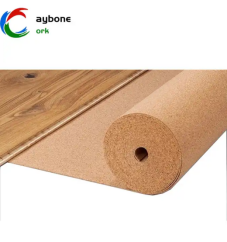
In addition, cork flooring also has the characteristics of natural grain beauty, a wide range of applications, and has become a popular flooring material in modern home decoration.


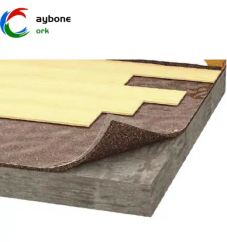
1.Avoid bringing in particles
The maintenance of cork floor is easier than other wood floors, and it is best to avoid bringing sand into the room during use; A sole wiper or tread mat can be placed near the entrance and exit of the room to prevent dust and sand and other particles from entering the room to avoid wear on the ground; Therefore, the sand brought into the room should be removed in time, and there is no need to worry about warping and mildew due to moisture.
2.Regular cleaning
Regularly keep the cork floor clean, you can use a soft cloth dipped in water to wipe the floor, do not wash with water, polishing or cleaning powder, avoid the use of brushes or acid, alkaline cleaning agents. Special cork floor cleaning solution can be used according to the actual situation.
3.Polish with wax
Clean the floor: Before waxing, you need to clean the floor. Use a specialized cork floor cleaner or mild cleaning solution, mop or wipe to clean the floor and wait for the floor to dry completely.
Prepare the wax solution: Add cork floor wax to a small basin or bucket and dilute the wax solution according to the instructions on the package, usually in a ratio of 1:5 or 1:10.
Waxing: Use a soft cloth or sponge to evenly apply the wax solution to the floor, taking care not to leave excess coating or obvious paint marks.
Dry: Wait for the wax liquid on the floor to dry completely. This process usually takes about 24 hours, depending on factors such as the temperature and humidity of the environment.
Polishing: Use a floor waxing machine or polishing machine to polish the floor to make the surface of the floor more smooth and shiny.




